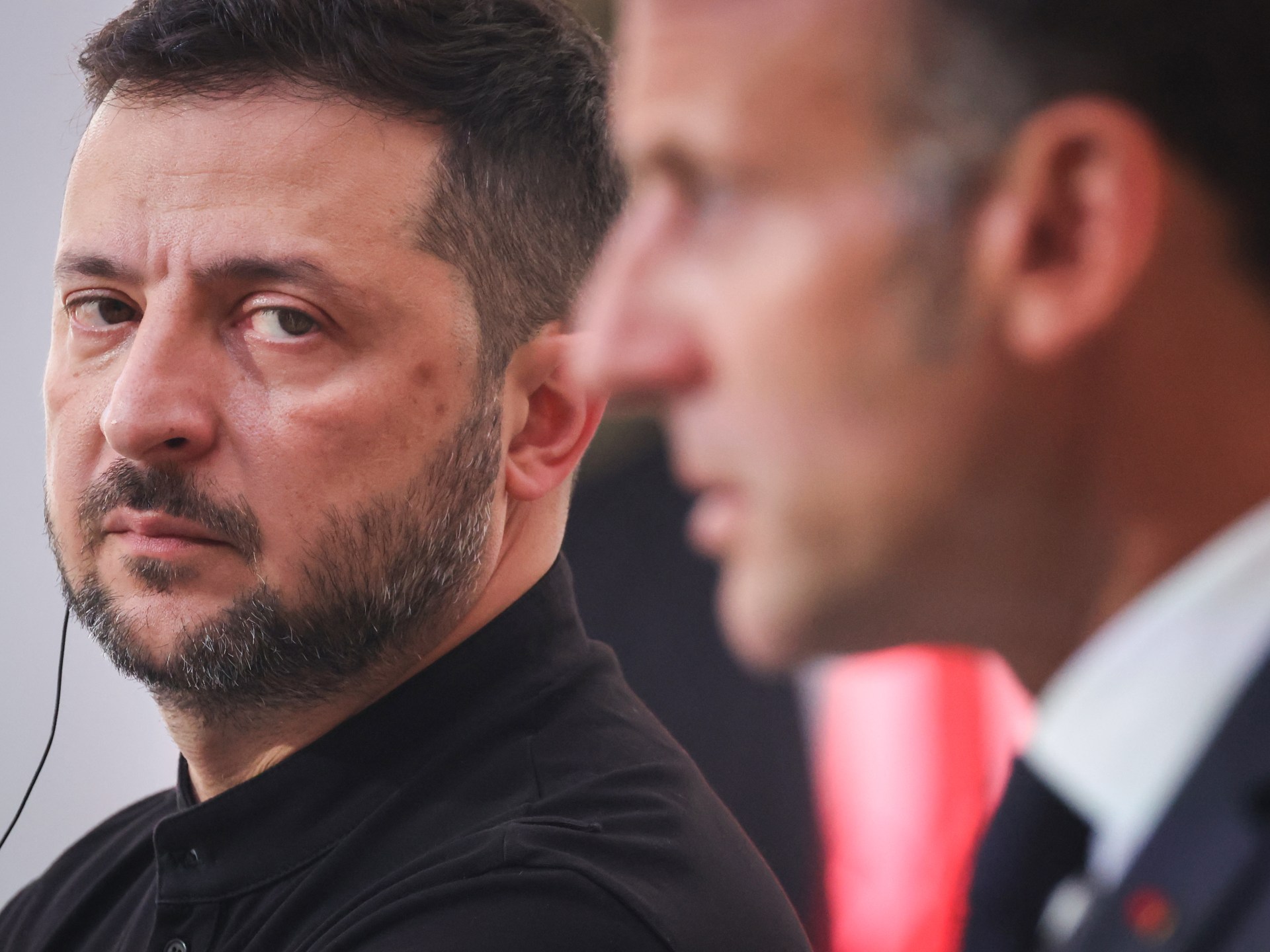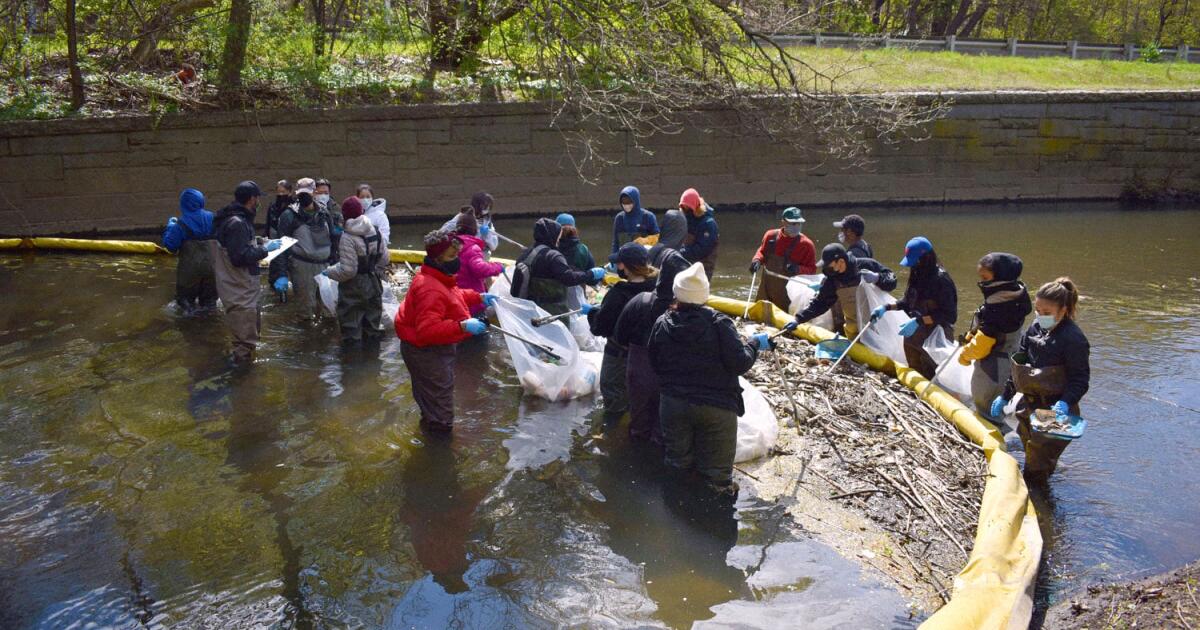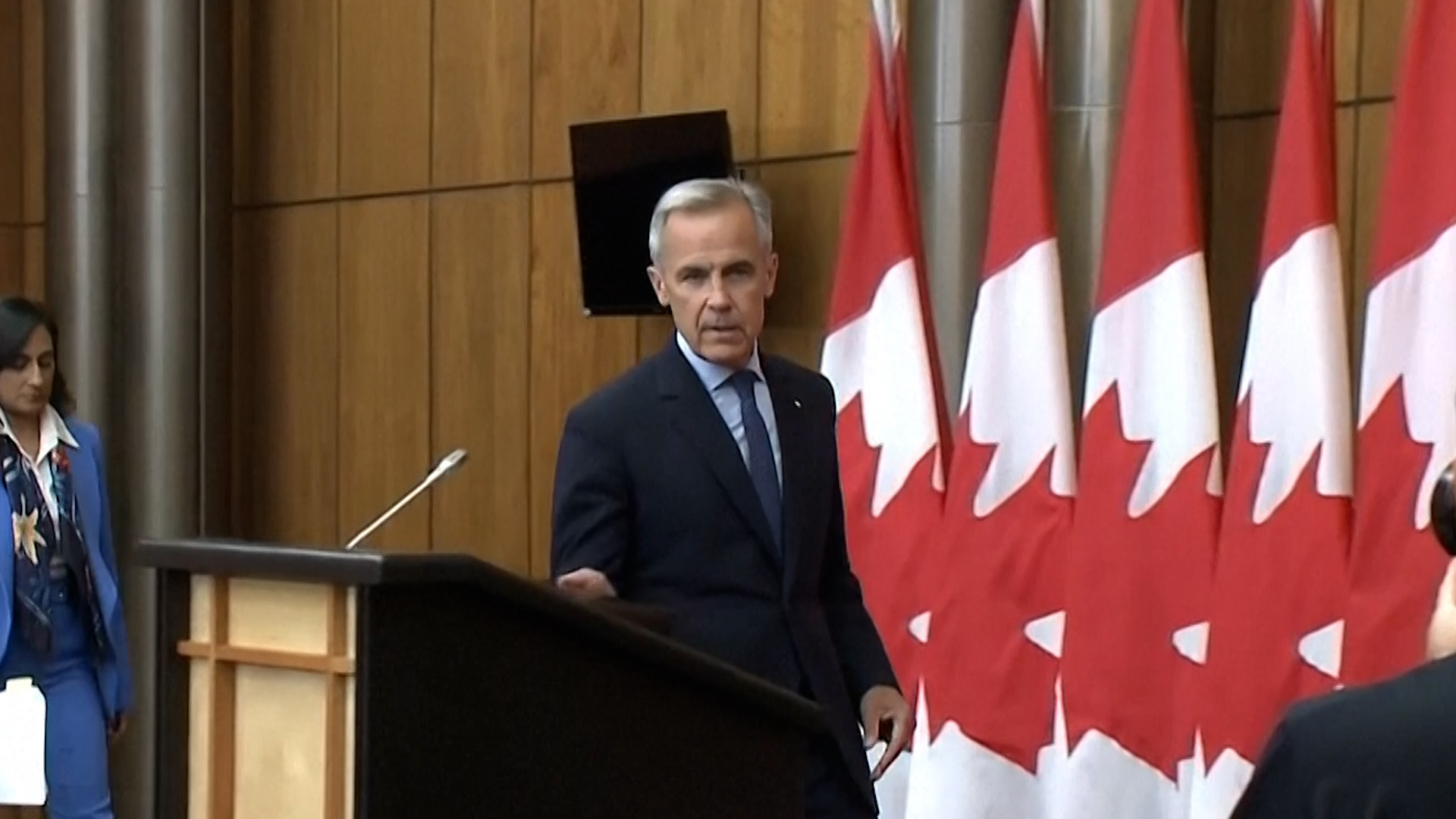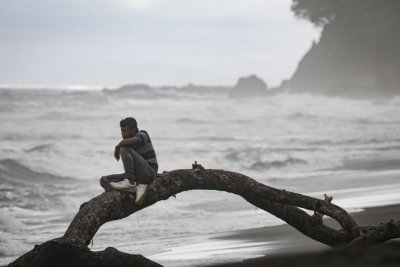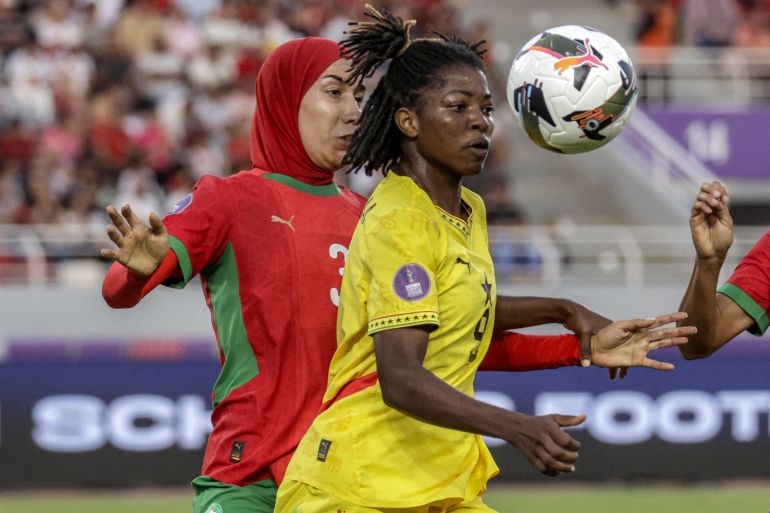How New York deals with the influx of leaders at the UN General Assembly | United Nations News
Picture the crowded sidewalks and standstill traffic of New York City. Pedestrians jostle past street vendors as they rush to their destinations. The wail of sirens mingles with the sudden screech of car horns.
Now add to the fray an influx of world leaders and diplomats, accompanied by gaggles of journalists, advocates and security officers.
Recommended Stories
list of 3 itemsend of list
Each year in September, the bustling east side of Midtown Manhattan becomes even busier as it hosts the United Nations General Assembly (UNGA).
New York briefly transforms into the centre of international politics as presidents, prime ministers and royals descend on the UN headquarters to speak at the opening debate for the latest UNGA session.
This year, the summit arrives amid heightened security concerns in the United States following the assassination of right-wing commentator Charlie Kirk. It also comes at a time of growing global outrage at the horrors that Israel is inflicting on Gaza.
Traffic has been blocked in the eight city blocks flanking the UN complex, establishing a restricted zone that can only be accessed by authorised personnel.
Hundreds — if not thousands — of heavily armed local and federal law enforcement agents surround the area, ensuring that no one gets near the summit without prior approval.
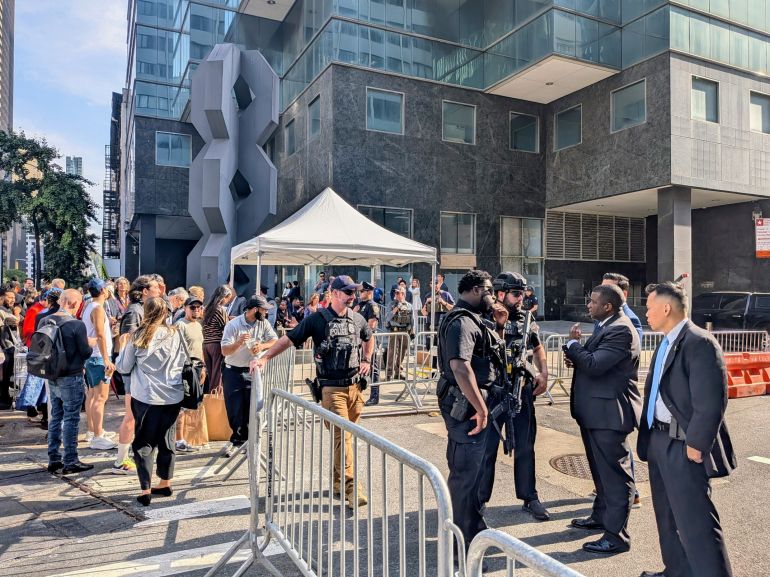
Due to the restrictions, many local residents told Al Jazeera they feel a mix of apathy and annoyance towards the annual gathering, which has been informally dubbed the World Cup of Politics.
Ugur Dikici, who operates a fruit stand across from the UN, said it may seem cool to have leaders from across the world come to your neighbourhood. “But when you’re stuck in traffic for two hours, it’s not fun,” he told Al Jazeera.
Dikici added that the event also hurts his business; tourists and delegates don’t buy fruit and vegetables as much as locals, who may be deterred by the commotion.
However, he said having New York as a global platform is still worth it. “You can deal with three, four days once a year. It’s fine.”
‘International ideals’
Entering the UN headquarters during the general debate requires navigating through a maze of checkpoints.
Delegates, visitors, staff and journalists are distinguished by different badges that allow them access to certain areas — but not others.
Even within the UN complex, some buildings and floors have their own airport-like screenings for multiple layers of security.
The East River, which borders the four main UN buildings, has also not been spared.
Only police and US Coast Guard vessels, about a dozen of them, can be seen on the water at any point. No ferries, cruises or commercial ships are allowed.
Authorities have declared the stretch of the water a security zone that is blocked to most ships during the summit.

Despite the intricacy of the security arrangements, the event tends to go on smoothly every year.
The occasional hiccups do occur, however. On Monday evening, for example, the motorcade of US President Donald Trump blocked the path of his French counterpart, Emmanuel Macron, as he tried to reach France’s embassy.
Video captured the French leader gently haggling with a police officer to let him and his delegates pass. “Guess what? I am waiting in the street because everything is frozen for you,” Macron later told Trump in a cellphone call.
New York has been hosting the summit at the same spot for more than 70 years, and the city’s leaders take a lot of pride in it.
“The iconic UN sits near the East River [and] remains a symbol of not only peace but a symbol of hope,” New York Mayor Eric Adams said last week.
“And I’m proud to be the mayor of this city that would house this important conversation.”
But in his speech to the UNGA on Tuesday, Trump disparaged the international body, describing it as little more than a conveyor of “empty words”.
Dozens of protesters had gathered outside the event to denounce the US president. Paul Rabin, one of the demonstrators, said he hoped to show his support for the UN’s founding ideals — values he feels Trump is trampling.
“This is a city of people from all over the world,” he said of New York.
“The international ideals are in alignment with the ideals of New York. And we want to call out people who are against the values that the UN and the United States are really founded on.”
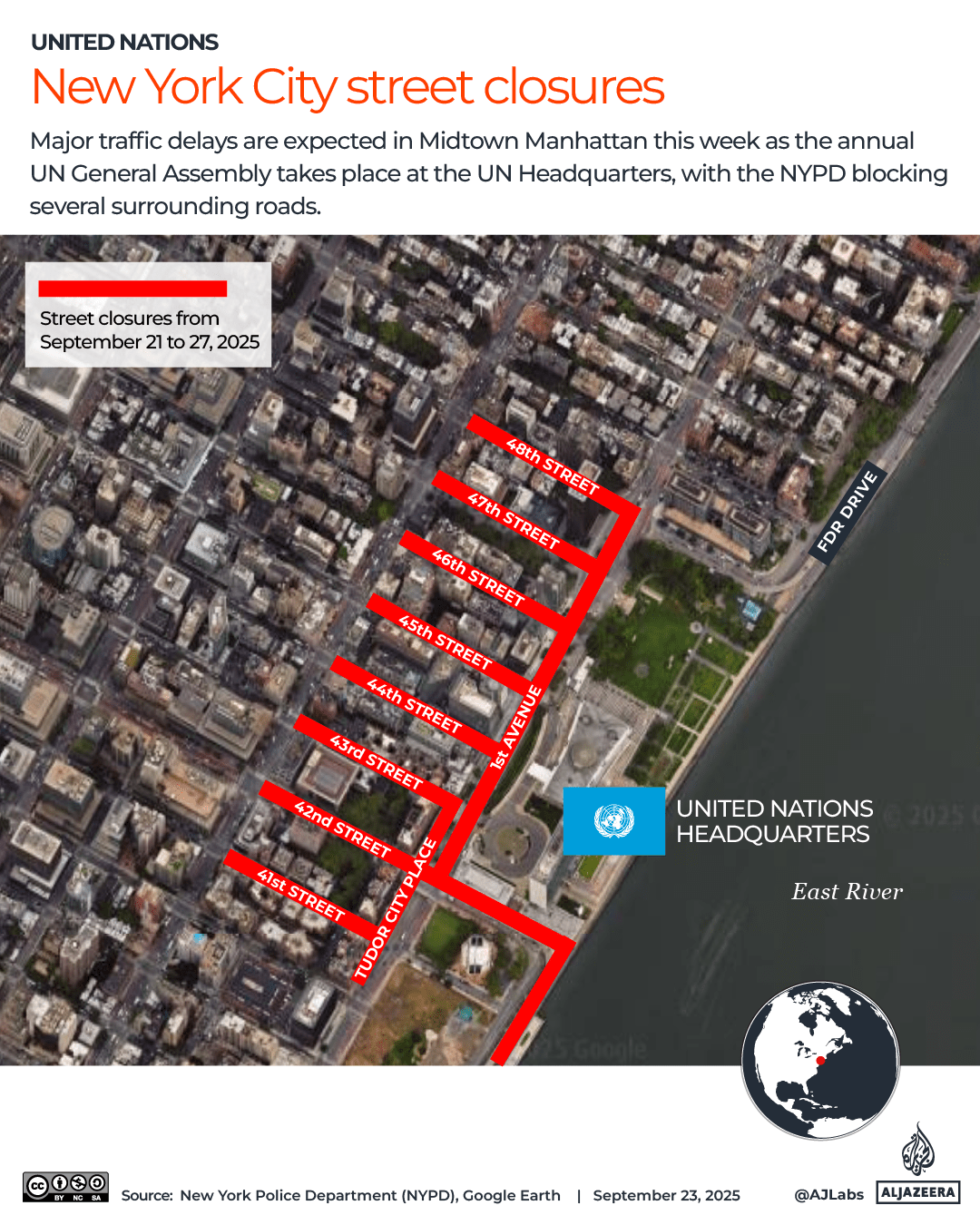
‘I lose business’
But Harry Khan, who owns a corner store nearby, was not as thrilled about the summit.
“When there is a road closure, I lose business. My regular customers, they avoid coming outside,” he told Al Jazeera.
And the influx of tourists does not offset the losses, according to Khan.
As mammoth as the UNGA is, its impact on New York is limited to the immediate neighbourhood outside the restricted area.
In the vast and densely populated city, signs of the UNGA start to dissipate within a few blocks from the UN complex.
With the world’s eyes on the summit, some of the city’s 8.5 million residents say they’re more worried about daily struggles. More than 18 percent of New York City’s population lives under the poverty line.
On Tuesday evening, a young woman grew visibly frustrated when she found out that her bus stop was barricaded within the security zone.
When asked how she feels about the UNGA being in New York, she replied: “Because it stops traffic, I don’t care for it. I can’t get to my bus to go home. Now, I’ve got to find another route.”

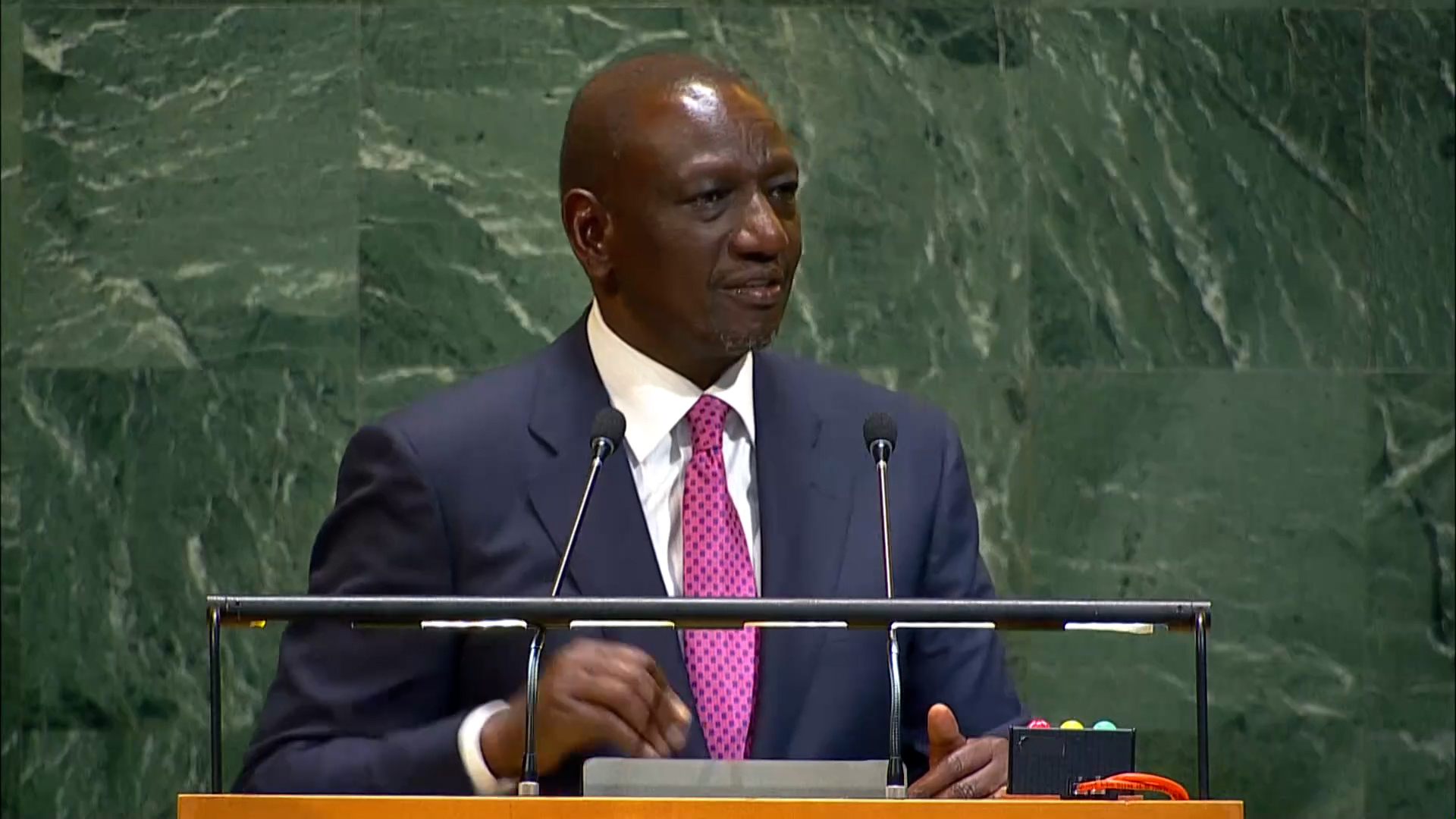
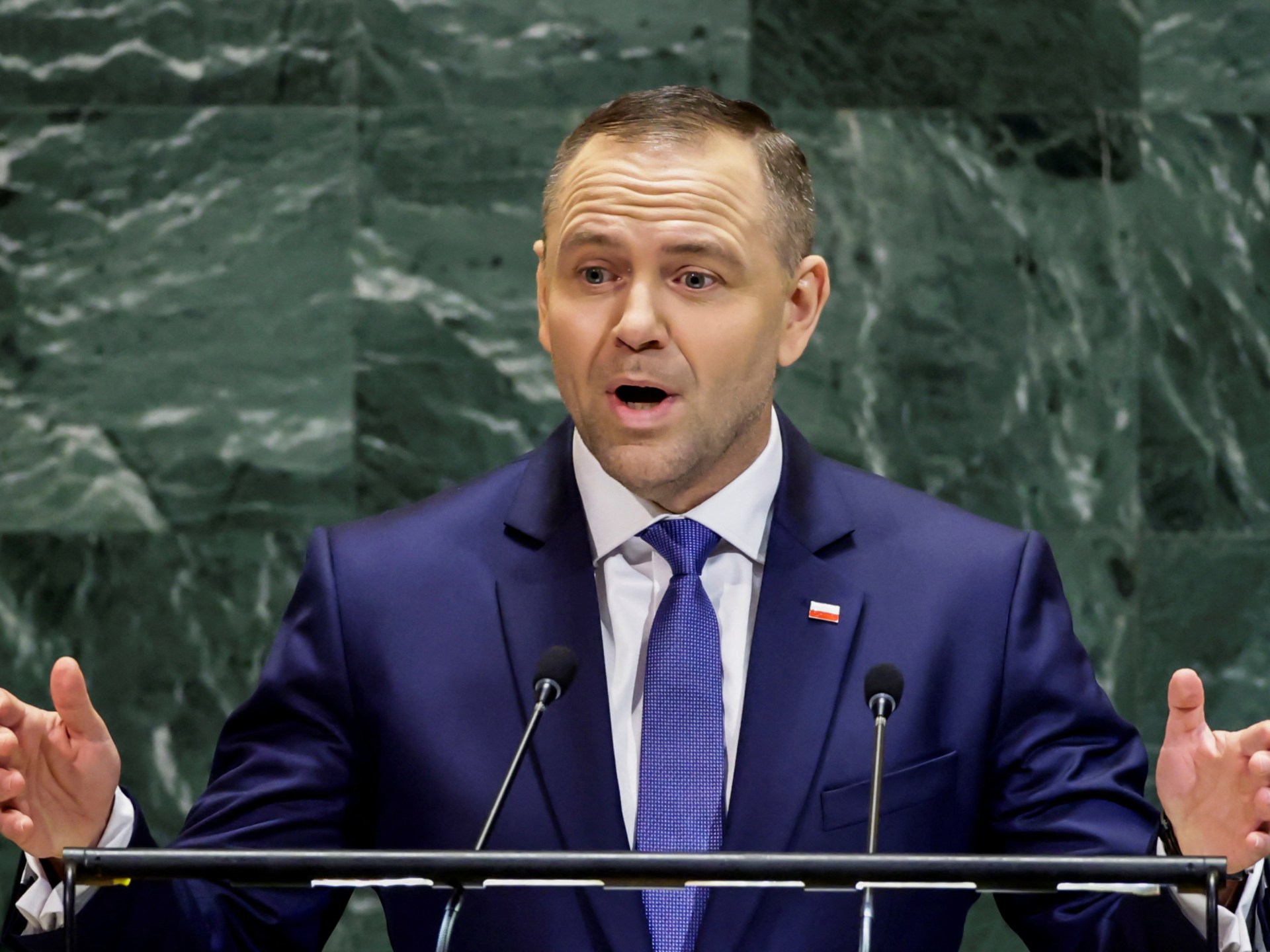
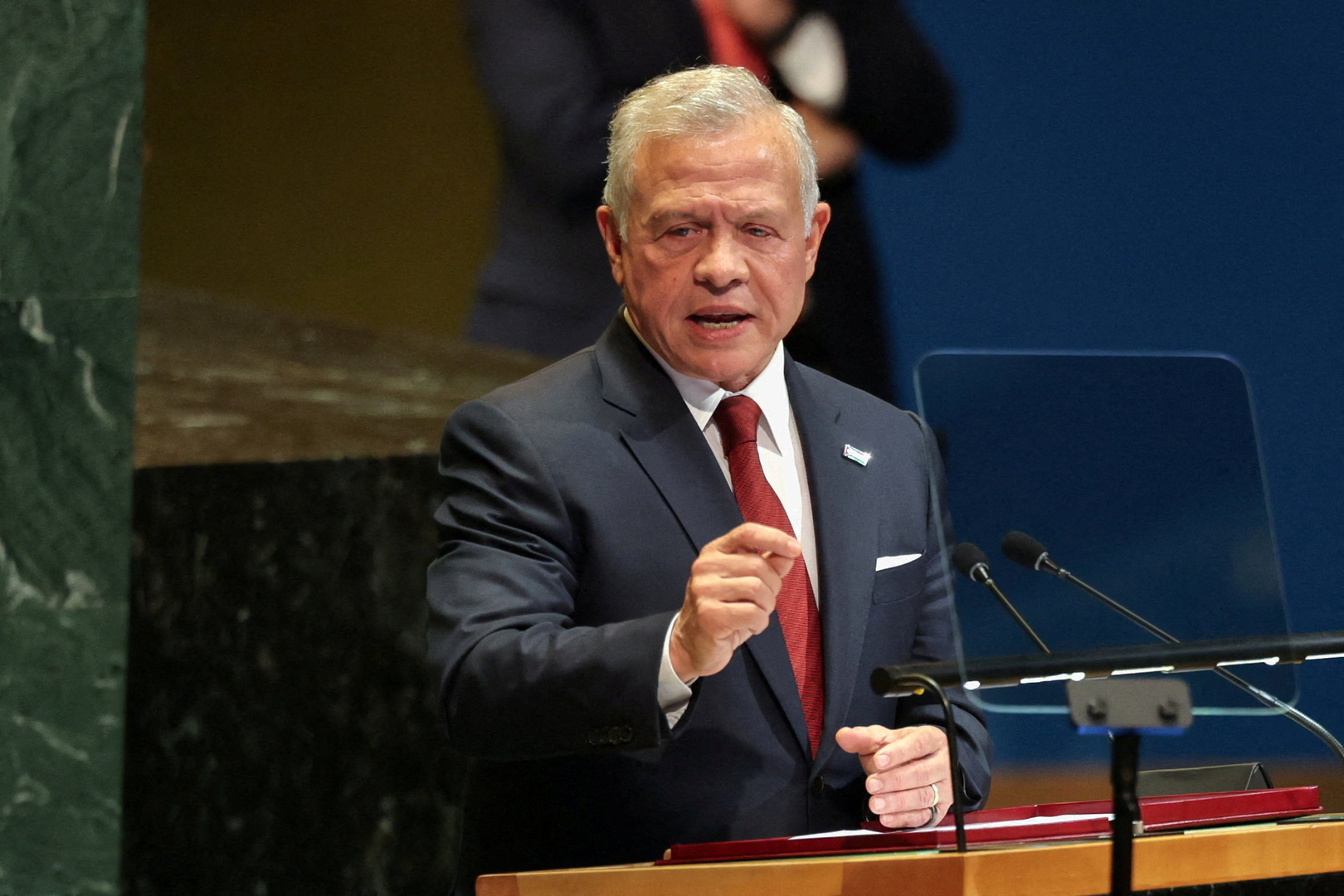

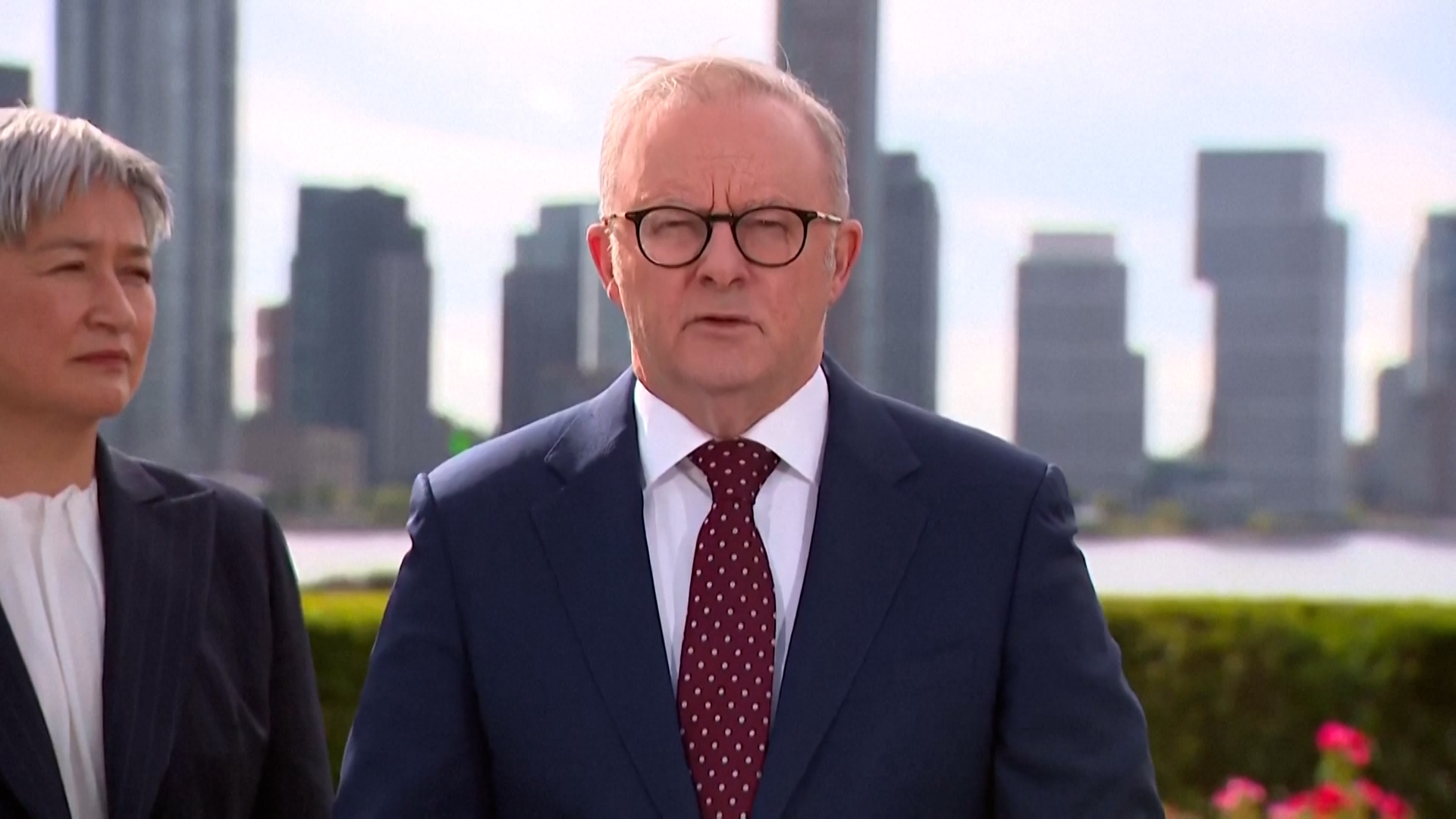
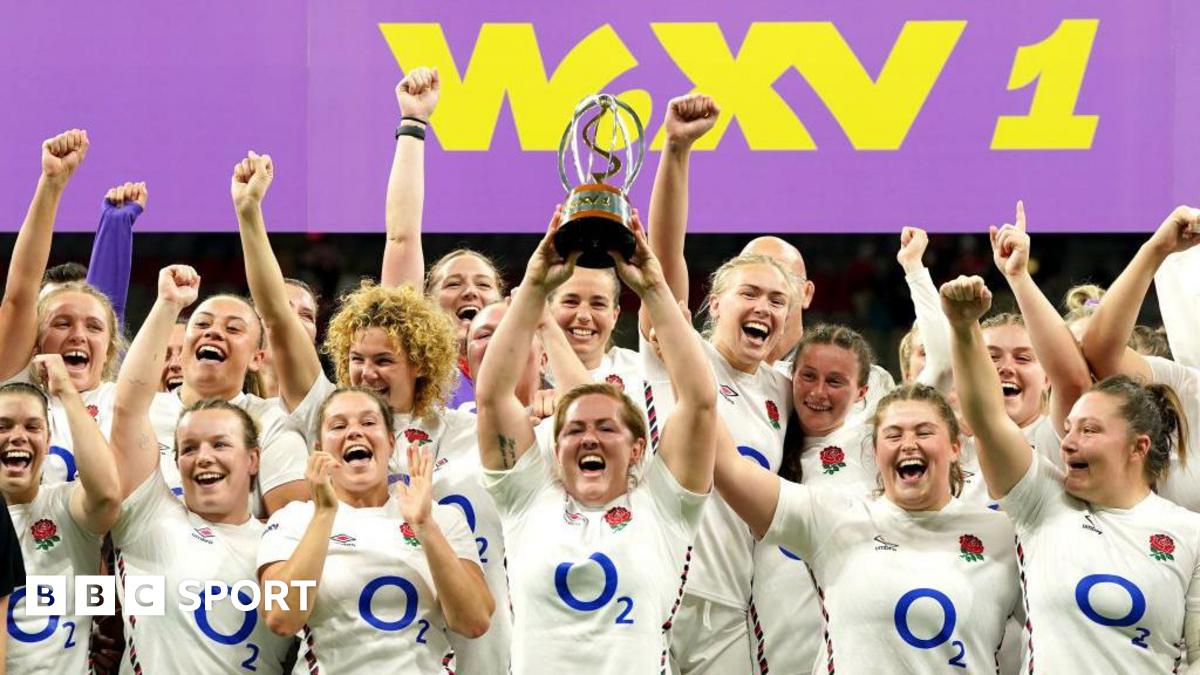
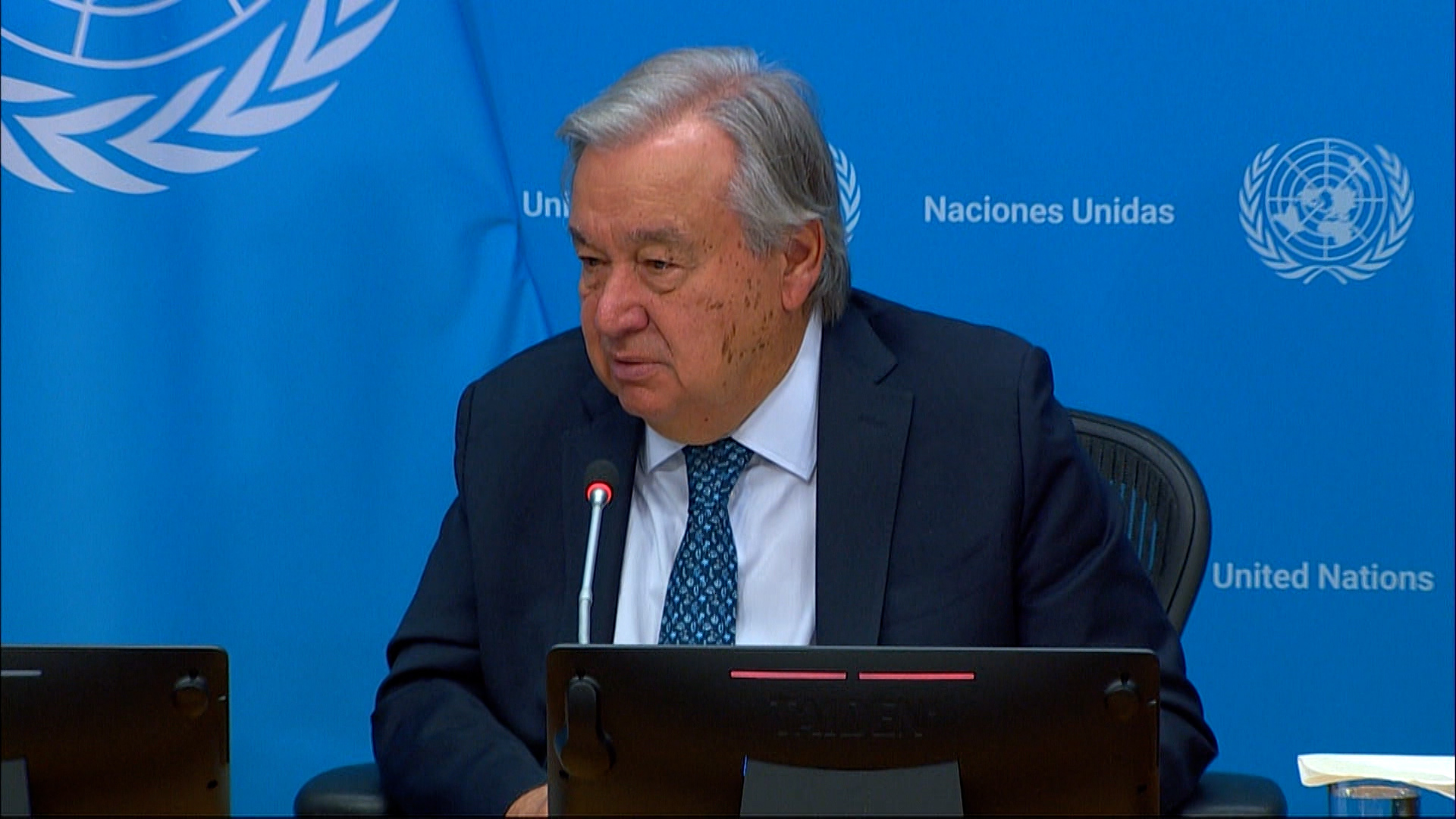
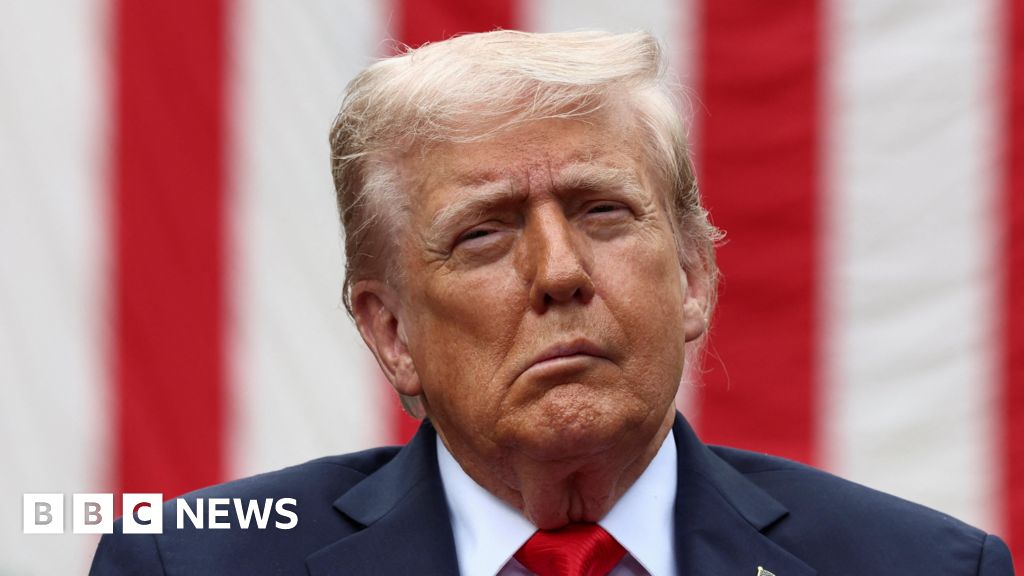


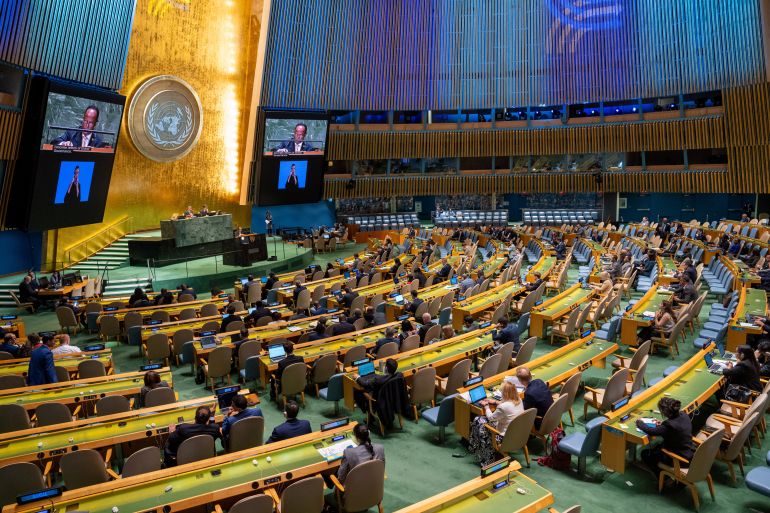
![UN Secretary-General Antonio Guterres delivers a speech at the opening of the 58th session of the United Nations Human Rights Council in Geneva, on February 24, 2025 [Fabrice Coffrini/AFP]](https://www.occasionaldigest.com/wp-content/uploads/2025/09/AFP__20250224__36YG3W6__v1__HighRes__SwitzerlandUnRights-1740392078.jpg)
